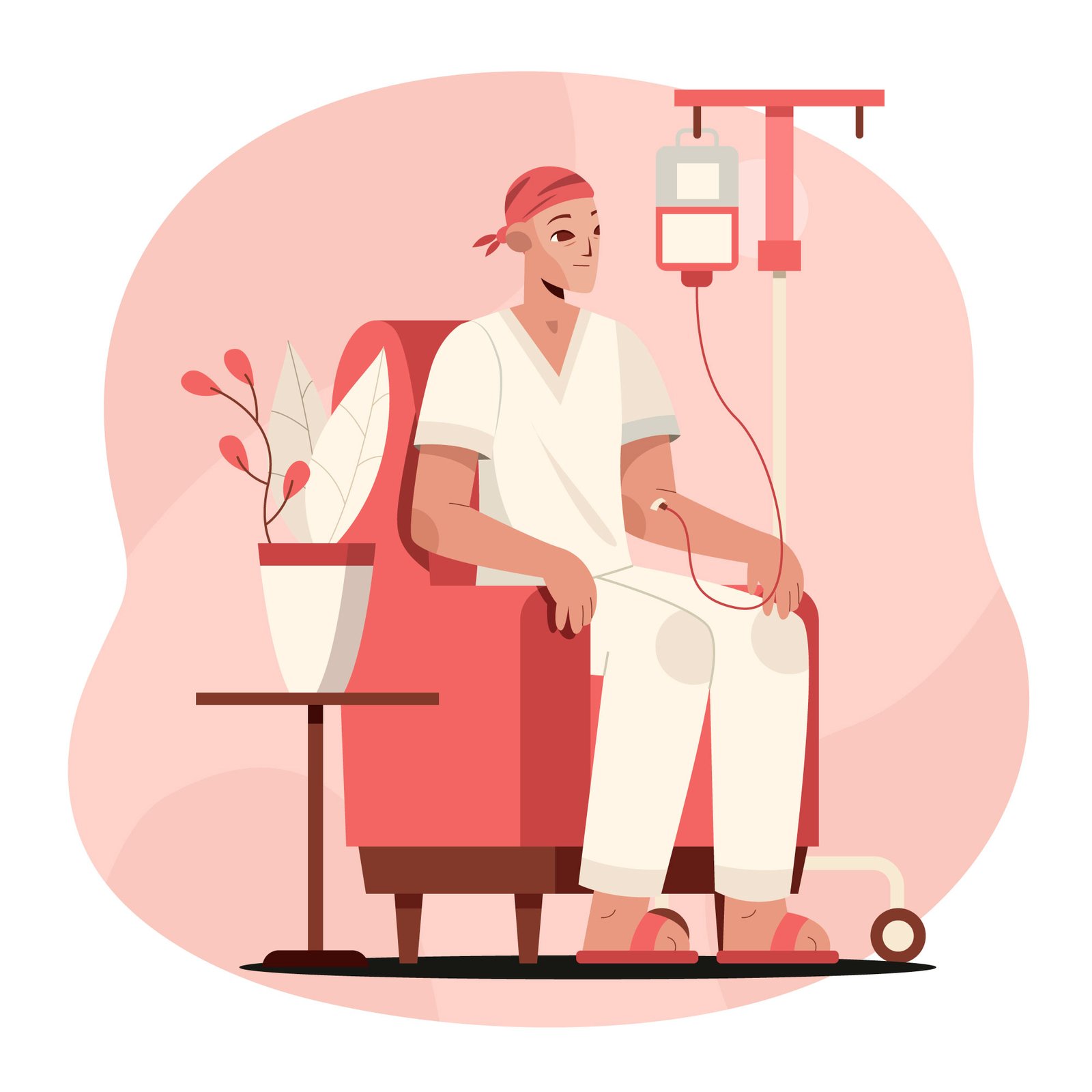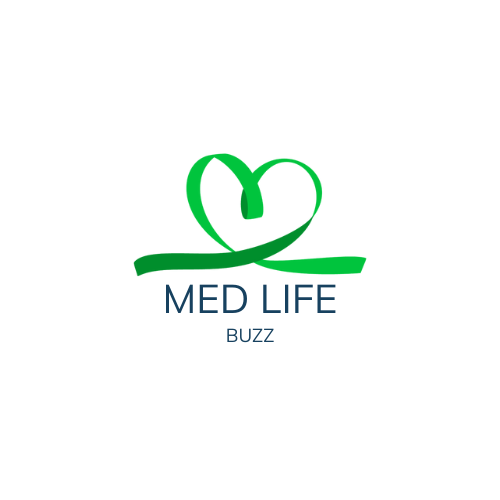
New Targeted and Combination Therapies for Breast Cancer: A Breakthrough in Modern Treatment
In recent years, breast cancer treatment has entered a new era of precision and hope. New targeted and combination therapies for breast cancer are reshaping how doctors fight the disease, offering patients better outcomes, fewer side effects, and a higher quality of life. Unlike traditional chemotherapy that attacks both healthy and cancerous cells, these innovative treatments focus specifically on the cancer’s unique genetic and molecular makeup. As a result, every patient’s treatment can now be more personal, more effective, and more compassionate.
Understanding the Shift from Chemotherapy to Targeted Therapy
For decades, chemotherapy was considered the gold standard for breast cancer treatment. However, while it could destroy rapidly dividing cells, it often damaged healthy tissue as well. This caused fatigue, nausea, hair loss, and other harsh side effects that affected patients both physically and emotionally. Thankfully, advances in research have opened the door to new targeted and combination therapies for breast cancer, transforming the way oncologists approach care.
Targeted therapies work by identifying specific proteins or genetic mutations that fuel cancer growth. For example, drugs designed to block HER2-positive breast cancer—like trastuzumab—have already saved countless lives. Now, with the development of next-generation drugs, researchers are expanding these benefits to other breast cancer subtypes as well.
How Targeted and Combination Therapies Work
Instead of delivering a one-size-fits-all treatment, new targeted and combination therapies for breast cancer act like precision tools. They identify cancer’s weaknesses and attack only the abnormal cells. This approach not only improves survival rates but also reduces harm to healthy tissues.
For instance, in hormone receptor–positive breast cancers, medications like CDK4/6 inhibitors stop cancer cells from dividing. In HER2-positive cases, drugs such as trastuzumab deruxtecan deliver chemotherapy directly to cancer cells while sparing healthy ones. Moreover, when combined with other treatments like immunotherapy, these therapies create a powerful defense that prevents cancer from returning or spreading.
The Role of Combination Therapy
While targeted therapy alone can be powerful, combining it with other treatments can enhance its effectiveness. New targeted and combination therapies for breast cancer often integrate hormonal therapy, immunotherapy, or radiation to achieve a stronger and more durable response. For example, combining endocrine therapy with PI3K inhibitors can delay disease progression and reduce resistance in advanced stages. This multi-angled approach attacks cancer on several fronts, making relapse less likely.
Importantly, this doesn’t mean patients face harsher treatments. On the contrary, many of these combinations are designed to maintain strength and minimize discomfort. As a result, patients can continue their daily activities, preserve their mental well-being, and live with greater confidence during recovery.
Personalized Medicine: A New Hope for Patients
Every patient’s cancer is unique—so why should every treatment be the same? Thanks to genetic testing and molecular profiling, new targeted and combination therapies for breast cancer allow doctors to create treatment plans tailored to each individual’s tumor type. This personalized approach helps avoid unnecessary treatments and ensures patients receive only what truly works for them.
In clinical studies, personalized therapy has shown remarkable results. Patients receiving treatments based on their tumor’s genetic profile often experience longer remission times and fewer side effects. Consequently, personalized care has become one of the most promising frontiers in modern oncology.
Recent Breakthroughs in 2025
The year 2025 has brought several groundbreaking discoveries. Researchers have found that combining drugs like sacituzumab govitecan with immunotherapy agents such as pembrolizumab enhances response rates in triple-negative breast cancer. Similarly, oral SERDs—selective estrogen receptor degraders—are proving effective against hormone-driven cancers resistant to older drugs. These examples highlight how new targeted and combination therapies for breast cancer are giving patients renewed hope and longer, healthier lives.
Furthermore, scientists are exploring antibody-drug conjugates (ADCs), which act like “smart bombs.” They deliver potent chemotherapy directly inside cancer cells, minimizing damage to normal tissue. These advancements are not just improving survival—they’re transforming how we define healing and recovery.
Improving Quality of Life
Beyond survival, modern treatments focus on helping patients live well during and after therapy. Since new targeted and combination therapies for breast cancer are less toxic than chemotherapy, patients often experience less fatigue, fewer infections, and quicker recovery times. Additionally, ongoing support through counseling, nutrition, and physical therapy helps survivors regain strength and confidence.
Transitioning from aggressive treatment to a balanced recovery phase shows how far breast cancer care has evolved. The goal today is not just to fight cancer—but to help women return to their lives stronger and more empowered than before.
The Future of Breast Cancer Care
Looking ahead, the future is filled with promise. With ongoing research, new targeted and combination therapies for breast cancer will continue to evolve, offering even more effective and patient-friendly solutions. Artificial intelligence is helping scientists identify new drug targets, while immunotherapy breakthroughs aim to turn the body’s immune system into a lifelong defense mechanism against cancer.
Ultimately, the focus is clear: treatments should be smarter, not harsher. By combining innovation with compassion, the medical community is rewriting the story of breast cancer—from one of fear to one of hope.
Final Thoughts
The journey beyond chemotherapy is more than a medical evolution—it’s a story of resilience, science, and empowerment. New targeted and combination therapies for breast cancer are transforming not just how we treat the disease but how patients experience healing. As research progresses and accessibility grows, countless lives will continue to be saved, giving patients around the world the gift of a brighter tomorrow.
